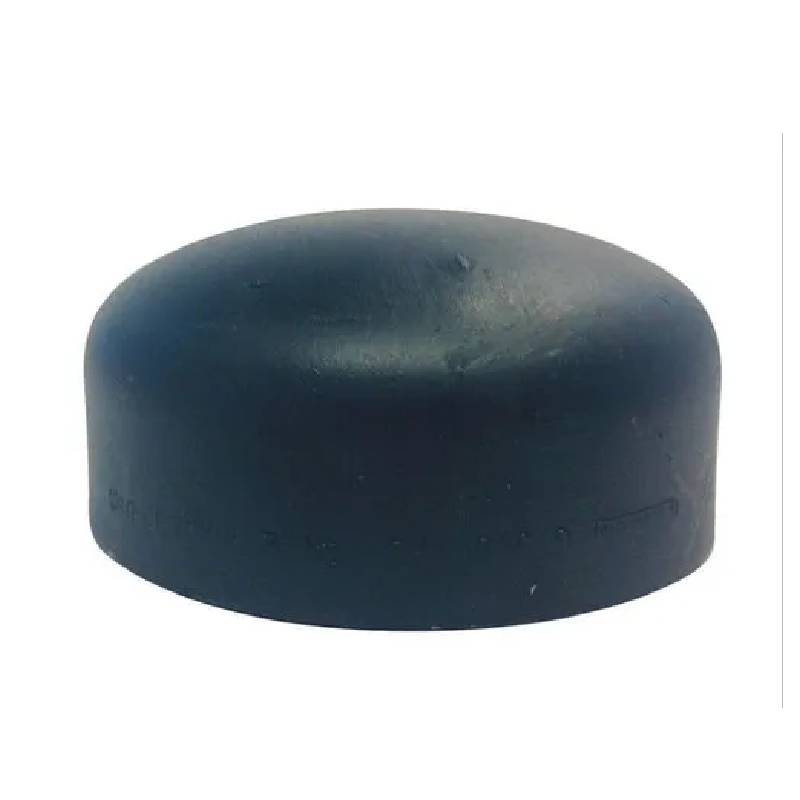-
Cangzhou Yulong Steel Co., Ltd.
-
Phone:
+86 13303177267 -
Email:
admin@ylsteelfittings.com
- English
- Arabic
- Italian
- Spanish
- Portuguese
- German
- kazakh
- Persian
- Greek
- French
- Russian
- Polish
- Thai
- Indonesian
- Vietnamese
- Zulu
- Korean
- Uzbek
- Hindi
- Serbian
- Malay
- Ukrainian
- Gujarati
- Haitian Creole
- hausa
- hawaiian
- Hebrew
- Miao
- Hungarian
- Icelandic
- igbo
- irish
- Japanese
- Javanese
- Kannada
- Khmer
- Rwandese
- Afrikaans
- Albanian
- Amharic
- Armenian
- Azerbaijani
- Basque
- Belarusian
- Bengali
- Bosnian
- Bulgarian
- Catalan
- Cebuano
- China
- China (Taiwan)
- Corsican
- Croatian
- Czech
- Danish
- Esperanto
- Estonian
- Finnish
- Frisian
- Galician
- Georgian
- Kurdish
- Kyrgyz
- Lao
- Latin
- Latvian
- Lithuanian
- Luxembourgish
- Macedonian
- Malgashi
- Malayalam
- Maltese
- Maori
- Marathi
- Mongolian
- Myanmar
- Nepali
- Norwegian
- Norwegian
- Occitan
- Pashto
- Dutch
- Punjabi
- Romanian
- Samoan
- Scottish Gaelic
- Sesotho
- Shona
- Sindhi
- Sinhala
- Slovak
- Slovenian
- Somali
- Sundanese
- Swahili
- Swedish
- Tagalog
- Tajik
- Tamil
- Tatar
- Telugu
- Turkish
- Turkmen
- Urdu
- Uighur
- Welsh
- Bantu
- Yiddish
- Yoruba

Nov . 30, 2024 03:28 Back to list
Innovative Techniques for Forming Stainless Steel Tubes in Modern Manufacturing
The Process of Stainless Steel Tube Forming
Stainless steel tube forming is a highly specialized process that transforms raw stainless steel sheet or bar stock into precision tubular shapes. This operation is critical in a variety of industries, including automotive, aerospace, construction, and medical equipment manufacturing. As stainless steel is known for its durability, resistance to corrosion, and aesthetic appeal, it has become a preferred material for many applications requiring both functionality and design.
Understanding Stainless Steel
Stainless steel is an alloy made primarily of iron, carbon, and a minimum of 10.5% chromium, which gives it its distinctive corrosion resistance. The unique properties of stainless steel make it suitable for tube forming, allowing for the creation of hollow sections that can withstand high pressures and temperatures while maintaining structural integrity.
The Tube Forming Process
The process of forming stainless steel tubes typically involves several key steps
1. Material Preparation The first step in tube forming is selecting the appropriate stainless steel grade based on application requirements. Common grades include 304, 316, and 321, each offering different properties suited for specific environments and functionalities.
2. Cutting and Sizing After selecting the material, the stainless steel is cut into manageable lengths, often in the form of sheets or bars. This cutting process can be done using various methods such as laser cutting, water jet cutting, or mechanical shearing.
stainless steel tube forming

3. Bending Once sized, the stainless steel is subjected to bending, which shapes the material into a tubular form. This can be accomplished through different techniques such as rotary draw bending, roll bending, or mandrel bending. The choice of bending method depends on the specifications of the tube, such as the diameter, wall thickness, and bend radius.
4. Welding After bending, the open ends of the tube need to be joined together, which is commonly achieved through welding. Several welding techniques are employed, including TIG (Tungsten Inert Gas) welding and MIG (Metal Inert Gas) welding. Each method has advantages in terms of speed, strength, and the finish of the weld bead.
5. Heat Treatment To relieve any stresses induced during the forming and welding process, heat treatment is often performed. This process involves heating the welded tube to a specific temperature and then cooling it, which helps to enhance the structural properties of the tube and alleviate any deformation aspects.
6. Finishing Touches Finally, the formed and welded tube undergoes finishing processes, which can include machining, polishing, or coating to achieve the desired surface finish. This step is crucial, especially for applications where surface aesthetics and hygiene are paramount, such as in medical or food processing environments.
Applications of Stainless Steel Tubes
Stainless steel tubes have a wide range of applications due to their durability and resistance to extreme conditions. In the automotive industry, they are used for exhaust systems, fuel lines, and structural components. In the aerospace sector, stainless steel tubes are vital for hydraulic systems and fuel tanks. The medical industry relies on stainless steel tubes for surgical instruments and implants due to their non-reactive nature.
Conclusion
In conclusion, the forming of stainless steel tubes is a complex yet fascinating process that combines various manufacturing techniques to produce high-quality components for numerous industries. The versatility of stainless steel, along with its exceptional material properties, makes it an invaluable resource in modern manufacturing, ensuring that products meet the rigorous demands of their intended applications. Advances in forming technology continue to enhance the efficiency and precision of stainless steel tube manufacturing, paving the way for future innovations in the field.
Latest news
-
ANSI 150P SS304 SO FLANGE
NewsFeb.14,2025
-
ASTM A333GR6 STEEL PIPE
NewsJan.20,2025
-
ANSI B16.5 WELDING NECK FLANGE
NewsJan.15,2026
-
ANSI B16.5 SLIP-ON FLANGE
NewsApr.19,2024
-
SABS 1123 FLANGE
NewsJan.15,2025
-
DIN86044 PLATE FLANGE
NewsApr.19,2024
-
DIN2527 BLIND FLANGE
NewsApr.12,2024
-
JIS B2311 Butt-Welding Fittings LR/SR 45°/90° /180°Seamless/Weld
NewsApr.23,2024











